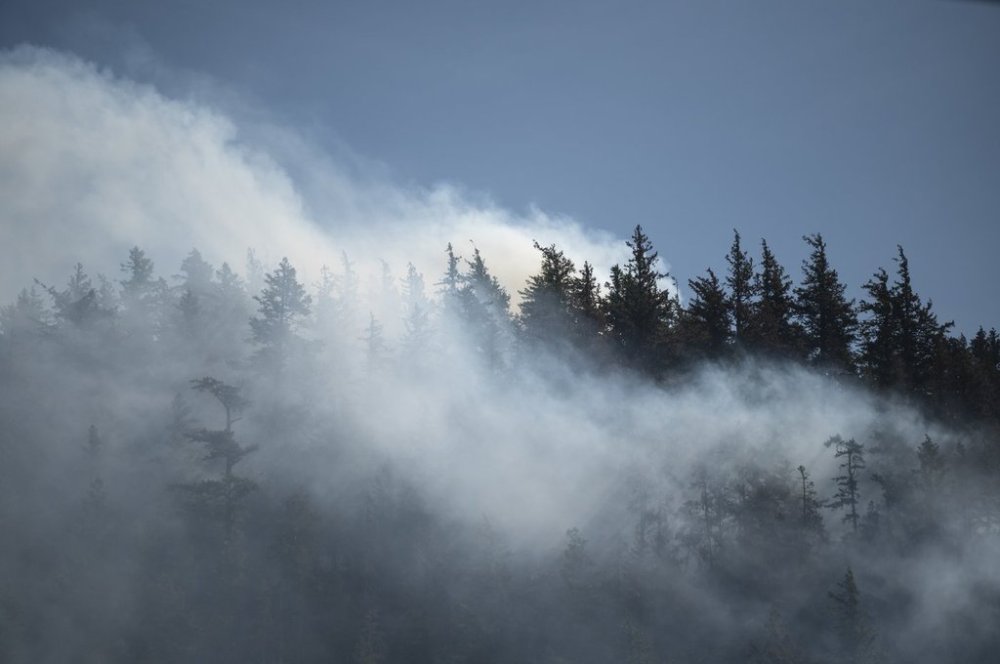How to read Environment Canada’s air quality index and find out if you’re at risk
Advertisement
Read this article for free:
or
Already have an account? Log in here »
To continue reading, please subscribe:
Monthly Digital Subscription
$0 for the first 4 weeks*
- Enjoy unlimited reading on winnipegfreepress.com
- Read the E-Edition, our digital replica newspaper
- Access News Break, our award-winning app
- Play interactive puzzles
*No charge for 4 weeks then price increases to the regular rate of $19.00 plus GST every four weeks. Offer available to new and qualified returning subscribers only. Cancel any time.
Monthly Digital Subscription
$4.75/week*
- Enjoy unlimited reading on winnipegfreepress.com
- Read the E-Edition, our digital replica newspaper
- Access News Break, our award-winning app
- Play interactive puzzles
*Billed as $19 plus GST every four weeks. Cancel any time.
To continue reading, please subscribe:
Add Free Press access to your Brandon Sun subscription for only an additional
$1 for the first 4 weeks*
*Your next subscription payment will increase by $1.00 and you will be charged $16.99 plus GST for four weeks. After four weeks, your payment will increase to $23.99 plus GST every four weeks.
Read unlimited articles for free today:
or
Already have an account? Log in here »
Wildfire season is upon us once again, and smoke is reducing air quality through swaths of the country. Environment Canada suggests people check the Air Quality Health Index daily to determine how much time to spend outside. Here’s how to interpret the index:
HOW DO I FIND OUT MY LOCAL AIR QUALITY READING?
Environment Canada’s air quality index is at wfp.to/airquality.

You can take a look at the ratings in communities across your province or territory.
A rating of 1-3 is low risk, 4-6 is moderate risk, 7-10 is high risk and over 10 is very high risk.
The risk designations can change regularly in the same community, Environment Canada says, so it’s important to keep checking the air quality forecast.
WHAT DO THE RISK RATINGS MEAN?
Environment Canada, in consultation with Health Canada, has different recommendations for people especially at risk of suffering health problems when exposed to poor air quality compared to the general population.
“At risk” people include those with respiratory issues such as asthma, chronic obstructive pulmonary disease (COPD), pneumonia, as well those with as heart disease. Infants, young children, pregnant people and elderly people are also considered at higher risk.
The government agency lists the various health conditions that put you at higher risk at this website.
HOW TO INTERPRET AIR QUALITY HEALTH INDEX GUIDANCE
“Low risk” means everyone can safely be outdoors.

“Moderate risk” means the general population doesn’t need to change their usual outdoor activities unless they have symptoms such as coughing and throat irritation. But people at risk should “consider reducing or rescheduling strenuous activities outdoors.”
“High risk” means those at risk should reduce or reschedule strenuous activities outdoors. Children and seniors should “take it easy.” The general population should consider reducing or rescheduling strenuous activities if they start coughing or their throats become irritated.
“Very high risk” means everyone should reduce or reschedule strenuous activities. People at risk should avoid outdoor activities altogether.
This report by The Canadian Press was first published July 14, 2025.
Canadian Press health coverage receives support through a partnership with the Canadian Medical Association. CP is solely responsible for this content.







